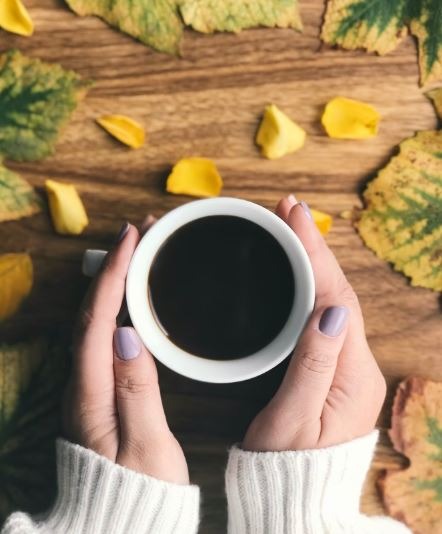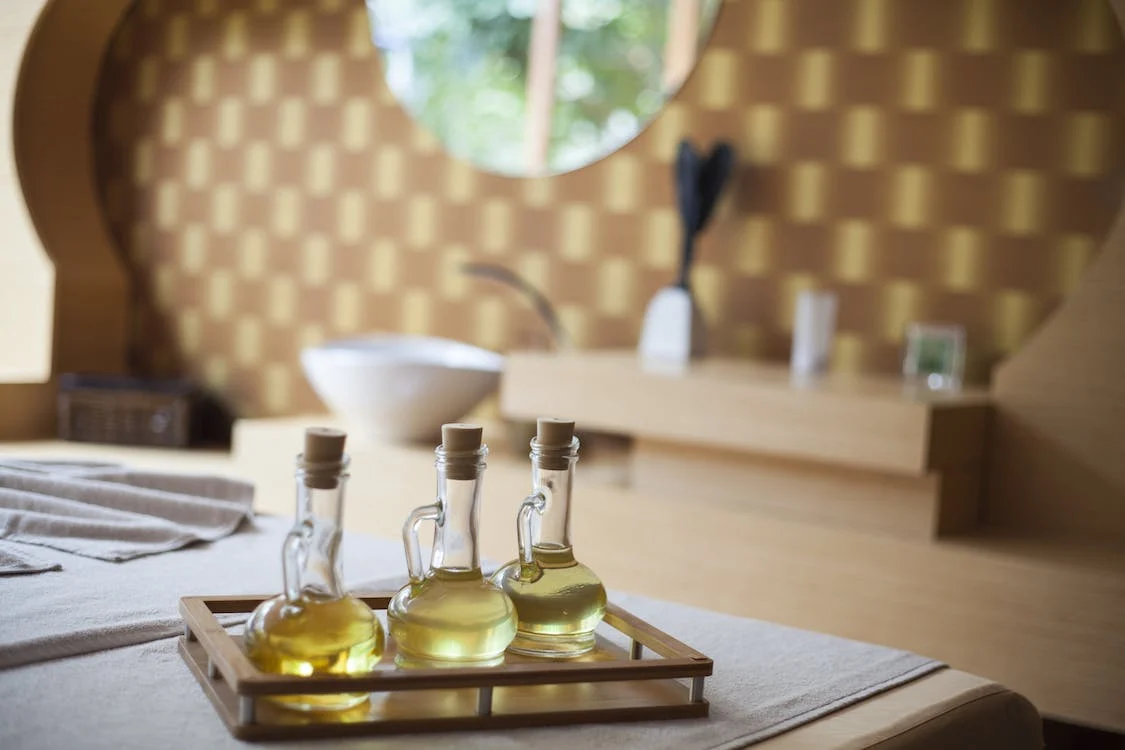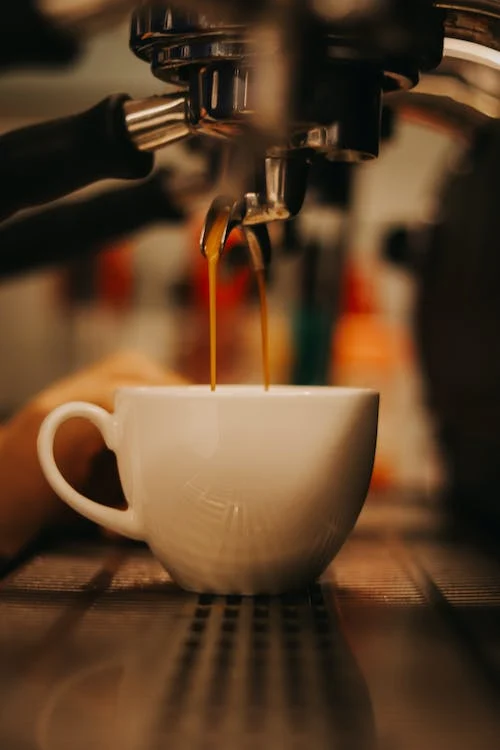To enhance the natural flavor of coffee beans, flavored coffee beans are covered with flavoring substances. Additionally, these tastes mask flavor changes brought on by decaffeination, oxidation, or aging processes, extending the shelf life of coffee. Although coffee has been flavored in some way for millennia, the gourmet coffee craze of the 1990s led to a rise in interest in coffee with unusual flavors. The beans may now be made with practically any taste possible, thanks to chemical advancements.
Even while coffee lovers adore the diversity and depth of variations that coffee beans offer, including delicious tastes like watermelon or blueberry or deep shades of chocolate or caramel, occasionally there is the need for a certain flavor that is absent from our favorite bean.
Coffee shops and coffee manufacturers all around the world have experienced this conundrum as well, and they have gone to great efforts to experiment with adding new tastes to coffee beans utilizing a range of arcane and difficult methods to do so. Fear not; you can accomplish the same outcomes that roasteries employ to infuse new tastes into their coffee beans without spending hundreds of thousands of dollars on equipment.
Coffee connoisseurs occasionally look down on flavored coffee. When made correctly, flavored coffee may be just as creative and delicious as plain coffee. The unfavorable reputation of flavored coffee is not wholly undeserved and is most likely due to the countless examples of subpar flavored coffees that flood the market in an effort to cash in on the current trend.
What distinguishes excellent flavored coffee from terrible, and how do you prepare flavored coffee? Simply said, infusing coffee beans involves introducing tastes that aren’t already present in the bean. By sharpening the contrast between the new taste and the current flavor profile, this technique can enhance the bean’s inherent characteristics. It could also add a flavor that enhances the natural flavor of the coffee bean to further round out its flavor profile.
You may easily create the roast at home rather than scouring the stores for it. The methods are listed below.
Spices
Coffee connoisseurs occasionally look down on flavored coffee. When made correctly, flavored coffee may be just as creative and delicious as plain coffee. The unfavorable reputation of flavored coffee is not wholly undeserved and is most likely due to the countless examples of subpar flavored coffees that flood the market in an effort to cash in on the current trend.
You may prefer to use cinnamon for a high degree of safety, or insert the entire stick, or add whatever ground spices you have at home. It makes no difference whether the spice is whole or ground. Any spice used will function.
Oils
Oils carry the same idea. Any quantity of beans can be combined with any type of oil. Shake vigorously until the beans are well coated. Ensure that they are sealed. Forget about it at least an hour.
Once they are in the desired state, you must make sure they are allowed to dry. When they are still moist, don’t try to ground them. Additionally, you may add coffee bean syrups. You can select an oil or syrup with mint, mocha, or vanilla to test. Before grinding your beans, please remember to dry them out.
Alcohol
You may add alcohol to your coffee. Firstly, put the required number of beans in a container that can be sealed. Add beer, liquor, or any other alcoholic beverage you desire to infuse into your coffee.
It will take longer on this one. The beans will take approximately a day to be ready. If you want a stronger, richer flavor, you may let it rest for longer. When they are at the desired location, strain them and allow them to dry completely before grinding.
Now, whisky is used by regular people. You just need to let the beans rest for a few hours if you use something similar. No matter how intense you want the taste to be, you are always free to go longer or shorter.
Alternative alcohols are an option. Pretty about anything you desire. Once more, make sure to dry your beans completely before grinding. You don’t want to soak a bag of coffee beans in an entire bottle of whiskey. It’s okay to add to store-bought, but you’ll need a little extra taste. If you are doing the roasting yourself, seasoning should be added when the vegetables are still warm.
As a general guideline, the taste should make up 3% of the weight. Whether you’re using a pound, two pounds, or any other quantity of beans. 3% flavor of the weight should be added.
If you simply want a little of taste, add less. You may use less if you like a subtle nutmeg flavor or don’t want it to taste like you’re drinking real rum. But don’t go further. The coffee won’t taste the same after being grounded if you do that. A cup of vanilla is not something you should consume. Start with a smaller quantity and experiment with adding more to get the right balance for your palate.
Get good quality bean
To use, you must purchase beans high grade beans. Arabica beans are the greatest kind of beans. Compared to a Robusta bean, they maintain taste better. However, you should always make sure that the beans, oils, and spices are of high quality. You won’t obtain the best flavor by buying the cheapest ones. Enjoy your experimentation. You may use less cream and sugar to make your coffee taste amazing by tinkering with the flavor of the beans.
DIY coffee flavoring at home
The best way to flavor coffee beans at home is to put them to the mixer as soon as the beans are warm from the roaster. Use 3% of the weight of the roasted beans in flavored syrup or oil if you’re using syrup or coffee flavoring oils.
If you add any more, the flavor will become excessively strong and might even burn your tongue. Allow the beans to soak in the taste and scent for 15 minutes. Because of their porous nature and ability to absorb a lot of taste, roasted beans absorb subtle flavors like sponges. This is how coffee beans are typically flavored. The most often utilized ingredients to extract the incredible flavors from coffee beans are oils and syrups. Nearly 100 taste profiles and chemicals are employed in certain recipes to provide that distinct flavor.
Spices can be added to the beans during storage if you prefer a flavor that is more organic, natural, and delicate rather than one that uses artificial flavor compounds. Cinnamon sticks, cocoa nibs, and nutmeg are common spices to use. Wintertime addition are cinnamon sticks which can be a favorite by many.
Adding alcohol to coffee to make a brewski is another well-liked method of altering the flavor.
Simply add your beans and 24 hours’ worth of your preferred rum, bourbon, or whiskey to a container. After the 24-hour period, remove your beans and roast them as usual for a buzz-free pleasure.
When Should Roasted Coffee Beans Be Flavored?
Timing is crucial while brewing coffee, just like with the other components of the process. To prevent destroying the delicate tastes of the bean, you must add your spices, syrups, and oils to the beans at the ideal time.
To begin with, you must match the natural taste profile of the coffee beans with the flavor you intend to add to them. Similar to wine matching, this is.
Consider the ultimate result when choosing your ingredients. For instance, a light roast could go well with a hint of vanilla, but a heavier roast will go well with caramel and chocolate.
Timing is of the essence
Timing is crucial while brewing coffee, just like with the other components of the process. To prevent destroying the delicate tastes of the bean, you must add your spices, syrups, and oils to the beans at the ideal time.
To begin with, you must match the natural taste profile of the coffee beans with the flavor you intend to add to them. Similar to wine matching, this is.
Consider the ultimate result when choosing your ingredients. For instance, a light roast could go well with a hint of vanilla, but a heavier roast will go well with caramel and chocolate.
When the beans are warm and fresh from the roaster, it is the ideal moment to add flavor.
A little history
Coffee flavour has really been a tradition for as long as coffee itself. Cardamom has long been used to prepare traditional Arabic coffee. Cardamom isn’t the only spice used often in Yemen to make coffee—ginger, cinnamon, cumin, turmeric, coriander, and many more.
These practices were created not just because they were tasty, but also because spices like cardamom and ginger have been used for a long time to help with digestion and prevent responses to foods with high acidity. For individuals who find coffee to be overly acidic, this is useful.
Europeans began to discover both coffee and chocolate in the 1600s. Due to the extensive international commerce taking place at the time, both unusual goods made their way to Europe. That the two tastes were allegedly mixed relatively early is not surprising.
Even though this is only a very quick overview of the history of flavored coffee, it is clear that the idea of flavored coffee is a very old one. Since the dawn of time, humans have delighted in experimenting with and fusing a wide variety of tastes for a variety of meals and beverages. This also applies to coffee.





